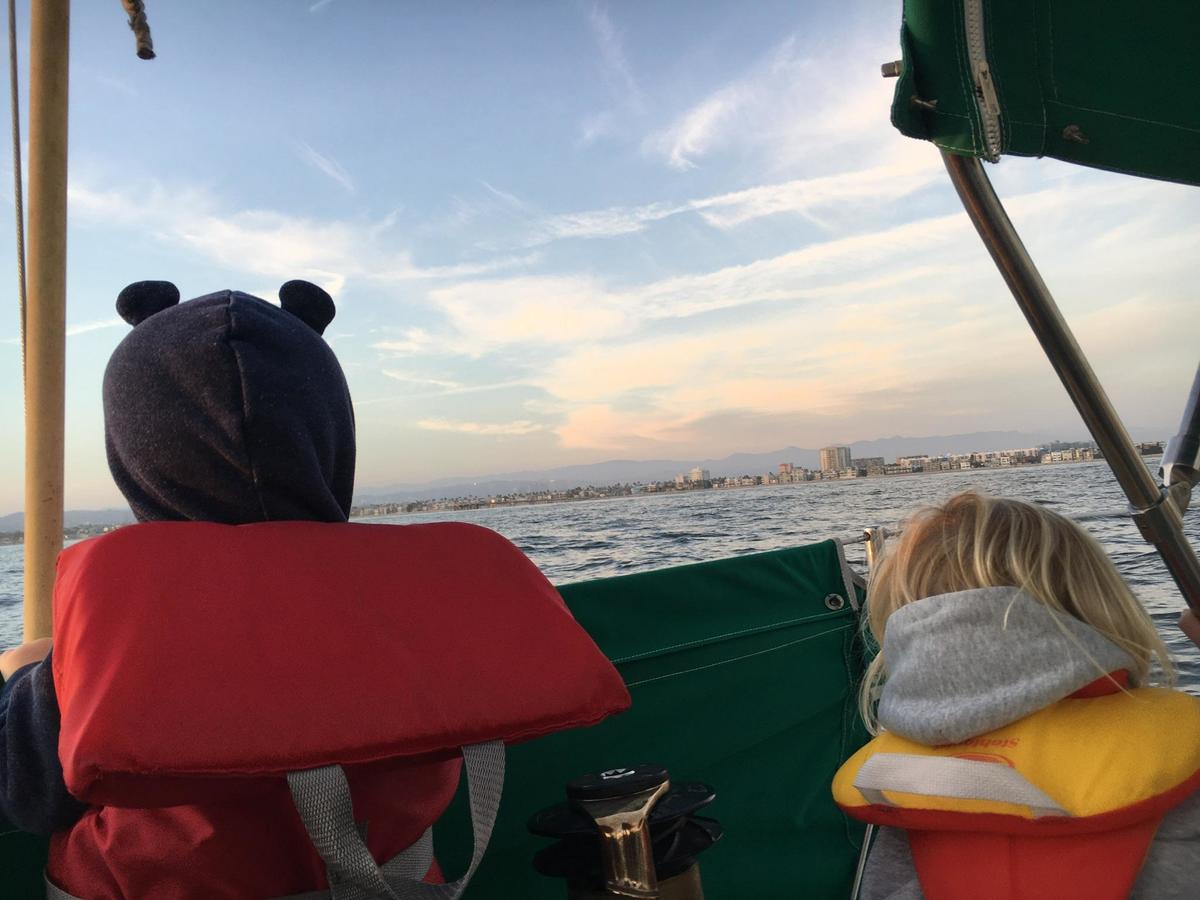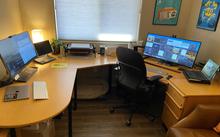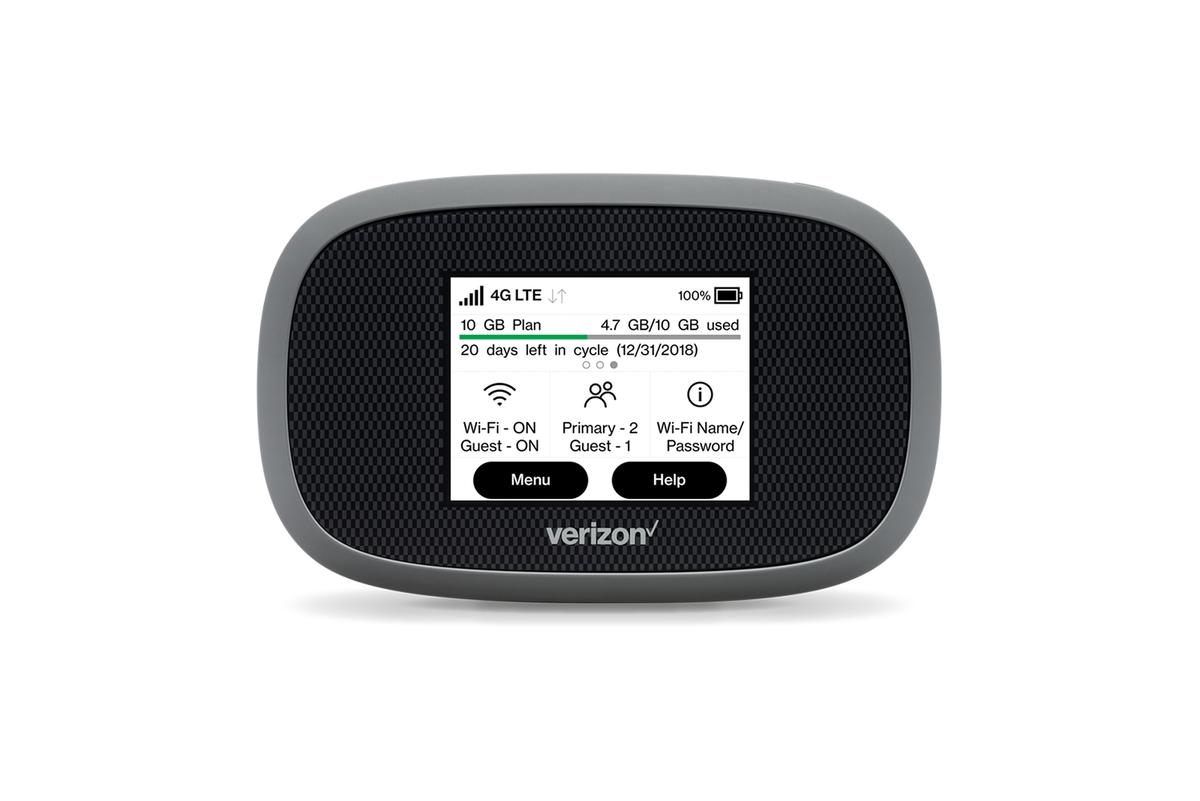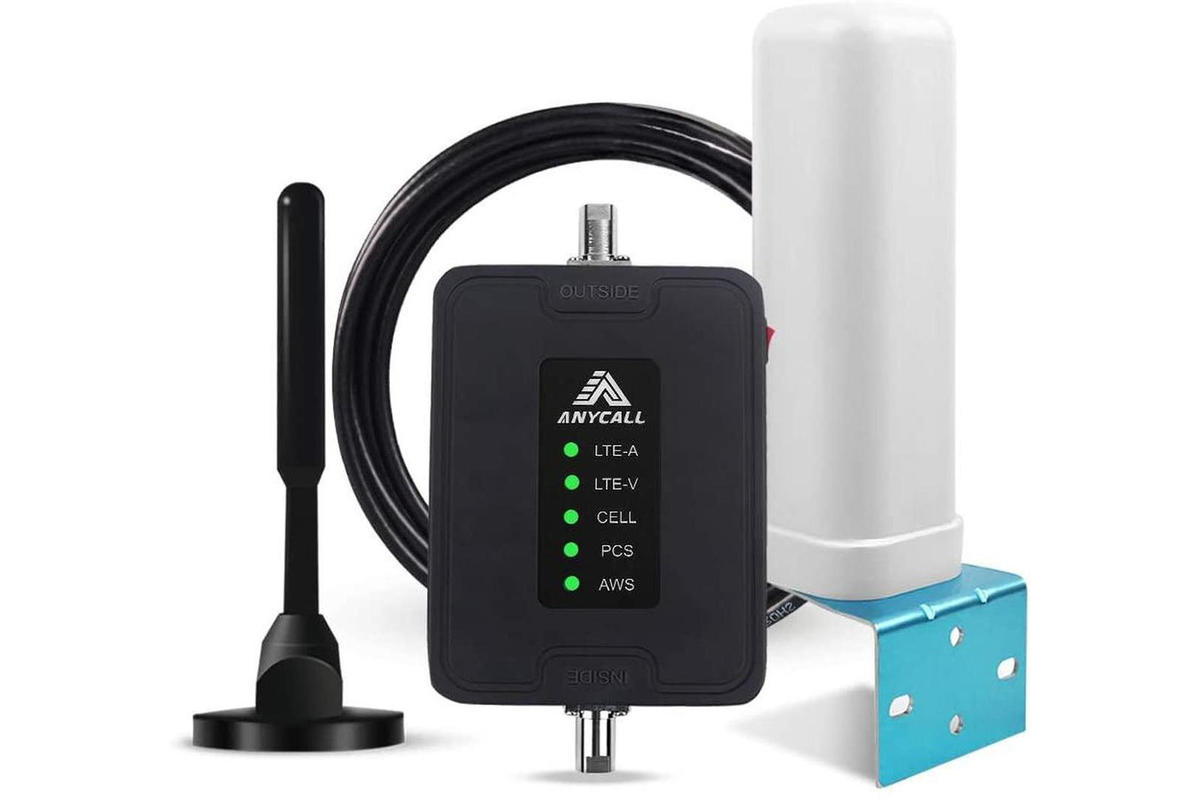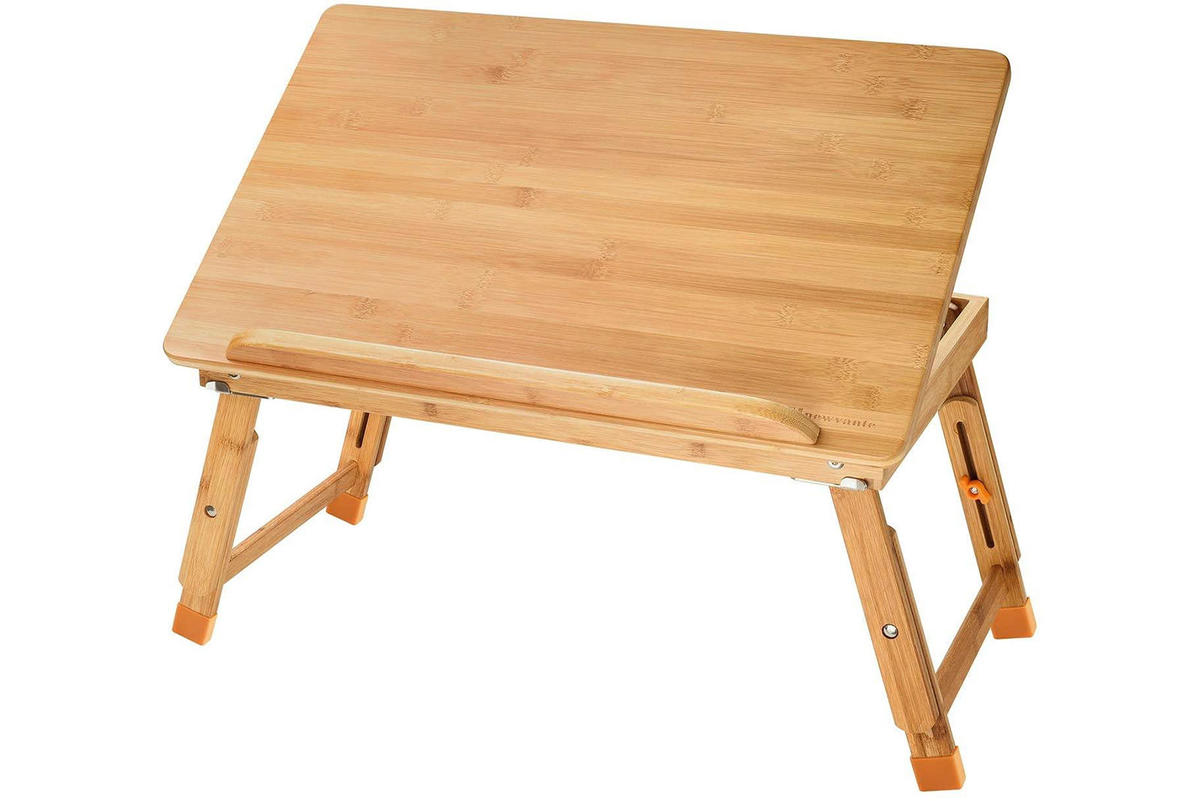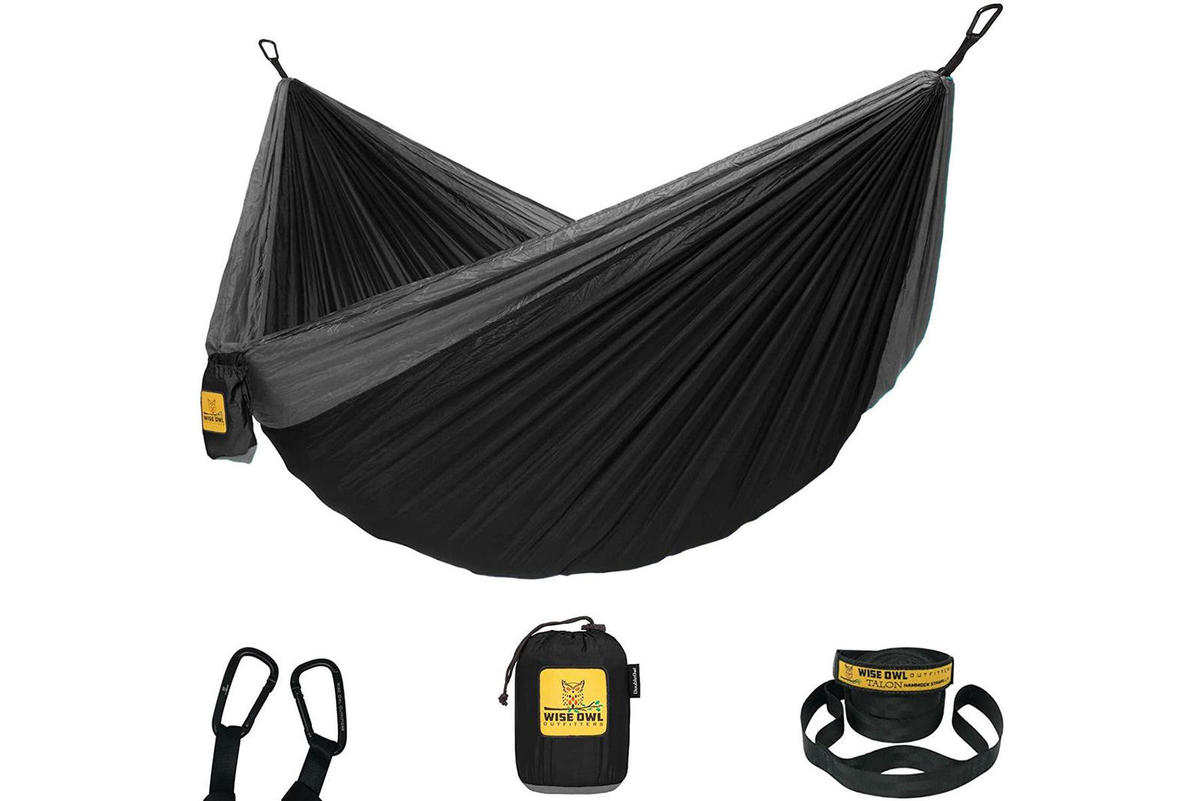Coming up on three years ago, I sat across from my wife (then pregnant with our second child) and made my pitch: Let’s buy a sailboat and move aboard. When I say pitch, I really do mean hard sell. There was a Powerpoint presentation: Kiddos smiling ear to ear, families playing like mad over turquoise water, happy couples following their bliss against magic hour vistas. The visual rhetoric was stunning. The budget spreadsheets were… optimistic.
see also
Home Office Tours
ZDNet contributors welcome you inside their home-based workspaces and show off the tech gear that drives their productivity.
Read More
Long story short, I managed to convince my loving and adventurous wife to take a temporary leave of her senses. I’m writing this from the aft cabin of Macondo, our ketch-rigged Pearson 424, which was laid in Rhode Island and launched in 1982 and of which we’re the third owner. We’re berthed in Marina Del Rey just outside Los Angeles, where we live, work, and — for kids during the pandemic — do part of our schooling.
The kiddos are young (2 and 4 as of this writing) and we spend most of our time in the slip, where we have all the comforts (and services) of home. In that scenario, the boat is more or less a floating tiny house with a killer view and groovy, eclectic neighbors. But the boat is built to shake off her dust and reach new shores, and we get out for week-long stints as often as possible. Our eyes are fixed with dreamy wonder on long-term sailing, and the work setup factors into those plans.
Happy to say after three years of adjustment, ups and downs, and lots of laughs, the enthusiasm is shared by my awesome wife. The kids remain mostly unaware that in a parallel life they’d have more space and correspondingly more toys.
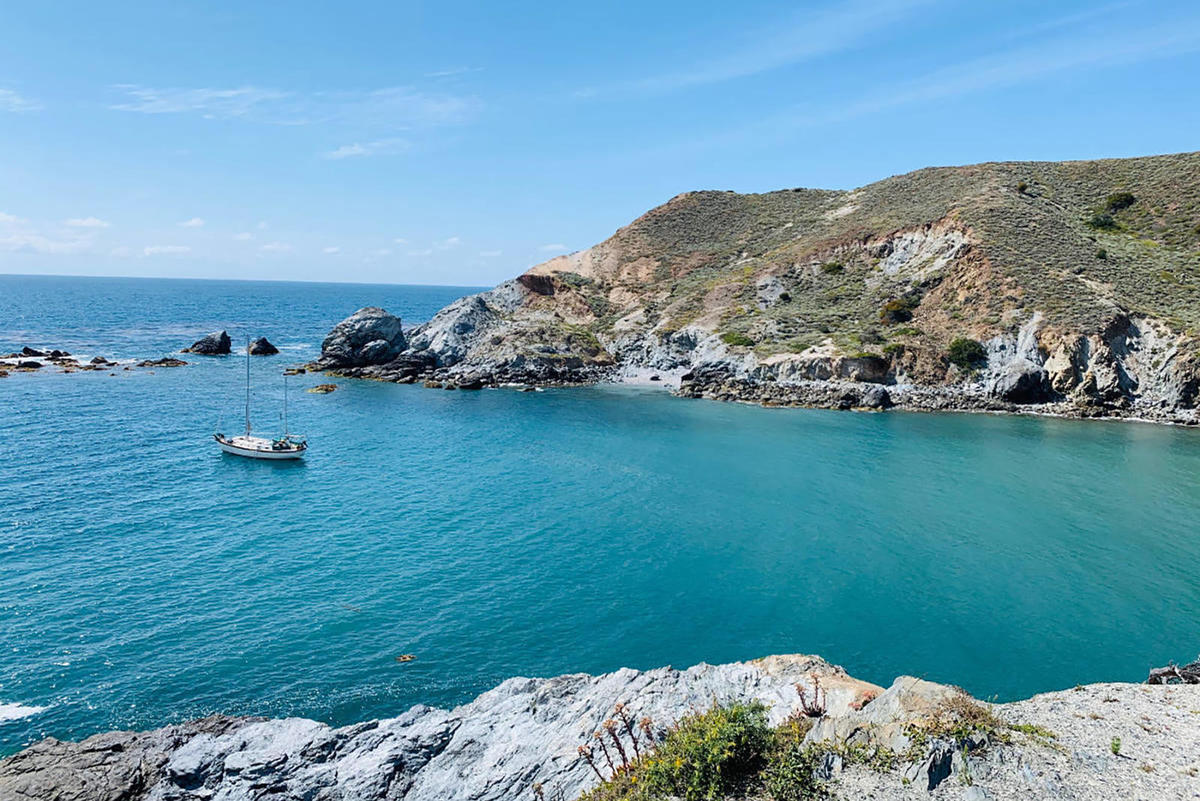
Macondo at anchor in Little Harbor on the island of Catalina, one of the Channel Islands off coastal Southern California.
The objective of these write-ups isn’t to be exotic, but the irony of having an untraditional work space like ours is that our setup is marvelously commonplace. I use a lean, grab-and-go work kit composed of gear that would make most American high schoolers probably roll their eyes. My aging MacBook Pro and 2020 iPhone SE do most of the heavy lifting, which for my journalism work means lots of calls and emails and some light photo and audio editing. Throw in a backpack, a hotspot, and some portable power solutions, and I’m pretty well-equipped to work from the cockpit of Macondo or from a campsite with a decent 4G signal.
Here’s some of the key gear that makes it all work.
Portable power on the go for a life lived outdoors.
This is a new one for my set up, but I can already tell it’s gonna be a game-changer for expeditions of all kinds, whether at sea or over land. It also solves a problem with major safety implications, which is of paramount importance with kids on the boat.
The problem is that access to portable AC power is highly attractive on a sailboat. We often need to plug in a computer but balance that against the logistics of waning house batteries. Frequent shore trips can become camping expeditions or all-day hangs with access to power for work and play (think blenders and plug-in coolers). Often sailors who need power accomplish all this with a small gasoline generator (Honda seems to be the crowd favorite).
But gasoline is not a convenient thing to store on a boat with a diesel motor. More pressing, exhaust from a genset is deadly if it’s trapped below decks in sufficient quantities. We don’t have a generator on board for that reason (and we do have multiple carbon monoxide detectors and a portable gas sniffer to help safeguard our propane system).
The Jackery Explorer 1000 is a 1002Wh battery bank compatible with two 100W foldable solar panels. A full review is coming, but this little gem is a much-needed addition to our portable lives.
Get great speeds with 4G in a small form factor
It’s pretty amazing what you can do over with 4G service, which is readily available in coastal California and on Catalina, our local cruising island. As 5G comes online, this little hotspot is going to become outdated, but it works like a charm, with download speeds often topping 30Mbps and respectable double-digit uploads when service is good.
Grab signal where seemingly none exists
For those times the signal gets faint, stringing one of these up the mizzen mast (the shorter of the two on a ketch rig) gives us a huge range boost. This is particularly useful for ducking into little coves where signal is abysmal.
Turn any surface into a work (or play) station.
We work wherever we can on the boat, and we have two of these bad boys to help turn a bed, a settee (nautical for the built-in couches in our salon … which is nautical for living room), or the floor into a work station. They’re inexpensive and double as play surfaces for the kids.
Swinging in the breeze is a must-do for any boat-bound digital nomad.
Sometimes the only calm place in the house is a hammock slung under the boom. And besides, work is better when you’re swaying gently in the breeze. I use this to escape, my kids use it to goof around in and occasionally sit comfortably and read in the sun. Either way, it helps create some space for work or self, so it makes this list.
